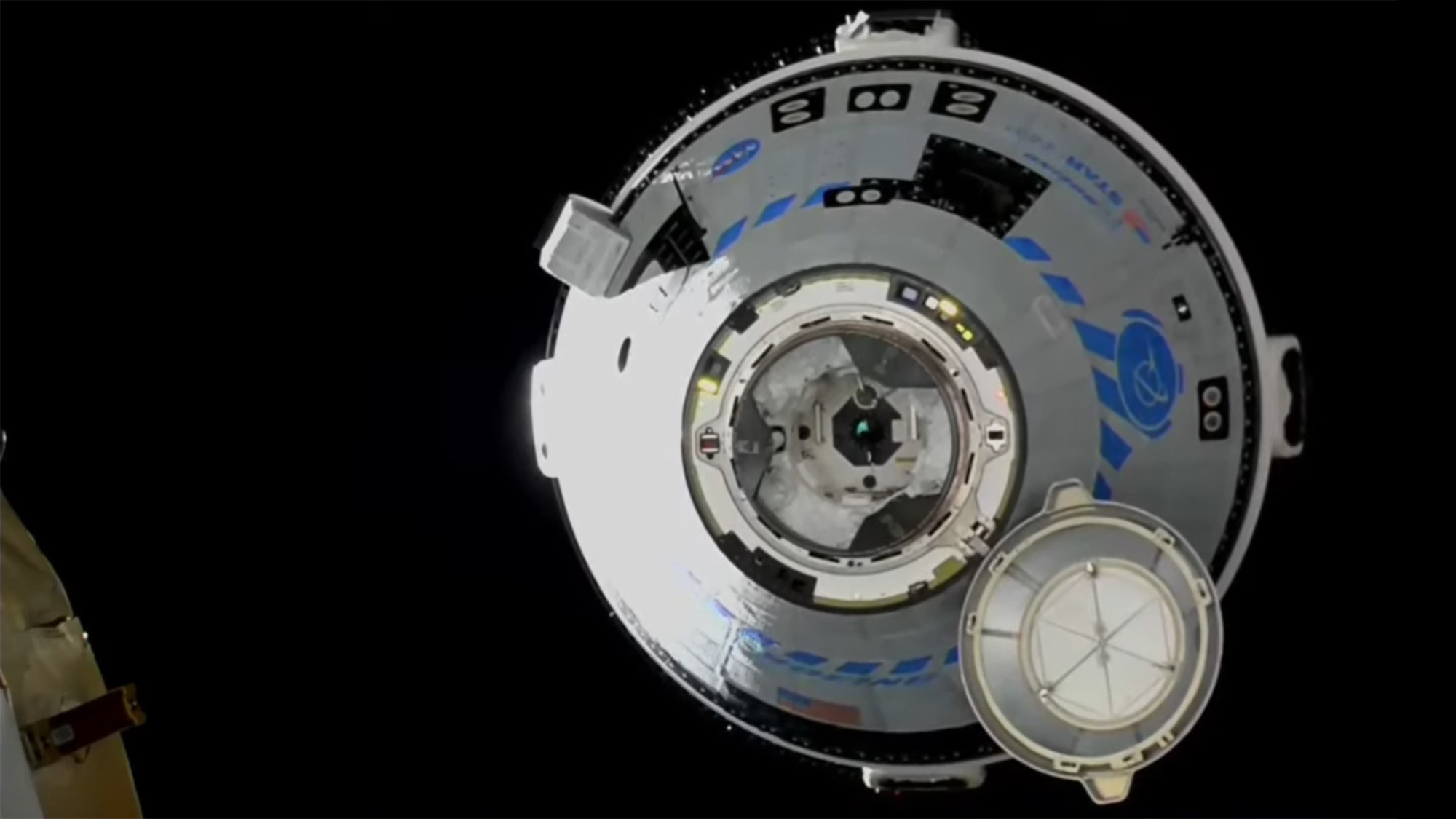Get the latest tech news
An Accident in Space (1972)
Henry S. F. Cooper, Jr.,’s 1972 chronicle of the Apollo 13 mission, during which three astronauts were almost lost in space.
The first fifty-five hours of the flight had gone so smoothly that they had once sent word to the astronauts that they were “putting us to sleep down here.” One team of flight controllers had been reduced to commenting on the number of “thirteens” that cropped up; for example, the time of launch in Houston—the official time for the flight—had been 13:13, or in our terms 1:13 p. m. About the only event requiring the controllers’ close attention since Apollo 13 left earth orbit had been a small rocket burn the day before, called a “hybrid transfer maneuver,” which had aimed the spacecraft for its target on the moon, the Fra Mauro hills—and, incidentally, had taken it off a free-return trajectory, the safe path most previous Apollos had followed so that in the event of trouble the spacecraft would, without navigational adjustment, swing around the moon and head back to earth. Because the hydrogen-tank low-pressure signal had preëmpted the system, no caution lights flashed, and because Liebergot was concentrating on the readings for the hydrogen tanks, which were on the right side of his television screen, he didn’t notice the rapidly increasing numbers in one of the oxygen-pressure columns, three inches to the left of where he was looking. Kranz was in the middle of what he later called “a long and loud debate” between the TELMU s, on one hand, who were anxious to proceed with the power-down immediately, and a group of design engineers, on the other, who were insisting that a good thermal roll be set up right away; the spacecraft’s attitude in relation to the sun had been so erratic for about a day, they argued, that some part of the craft was likely to overheat and break down.
Or read this on Hacker News
